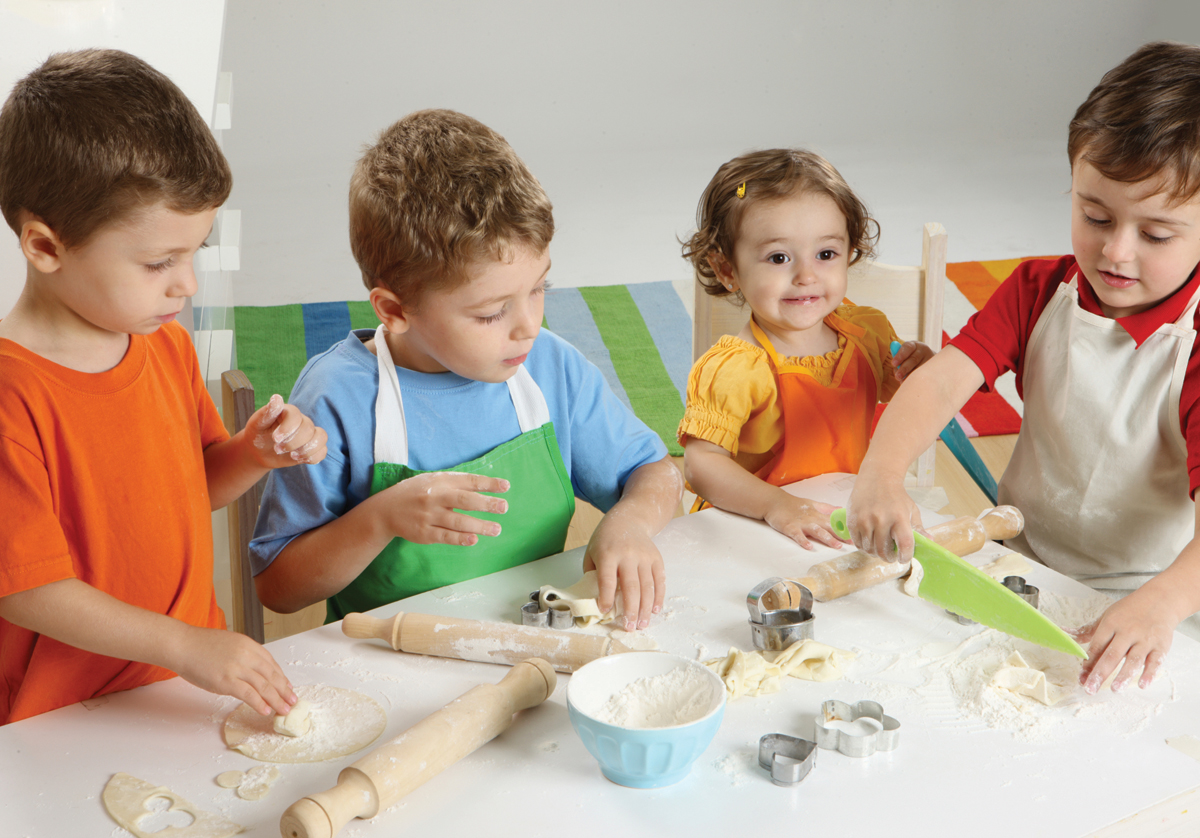
The holidays are stressful for most of us. But they can present special challenges for blended families, especially newly blended families. According to the U.S. Census, more than 50 percent of families are remarried or recoupled at any given time. About half of the 60 million children younger than age 13 are currently living with one biological parent and that parent’s current partner. And many marriage and family sociologists believe that more than 64 percent of families are blended families at some point. That’s a lot of families decorating the tree, meeting mom’s new boyfriend’s parents, and juggling holiday dinners, gifts and feelings.
I divorced 15 years ago and remarried eight years ago. I have gained some insights into what works and doesn’t work when navigating the holidays as the mom of a blended family. As a marriage and family sociologist, I also facilitate coparenting education groups for parents in blended families. Here are some guidelines for a peaceful holiday.
Have realistic expectations
There is not a perfect holiday meal. There is not a perfect gift that heals a child’s grief over divorce, or one that smooths remarriage resentments. There is not a perfect holiday family activity that will make everyone suddenly feel closer. There are only opportunities to connect.
Children may choose to connect or they may not, depending on where they are in the process of accepting and feeling they are a member of the blended family. Wherever they are in the process is valid.
My husband invited our daughters (his stepdaughters) to his parents’ Christmas Eve dinner, but he did not push them to go. They were older and had their own traditions established with me, as their biological parent, prior to the new marriage. My girls chose to go to dinner with his parents, but they did not want to stay for the gift-giving extravaganza because they really didn’t know all the extended family members. Tweens especially may need to take their time embracing an extended family.
Many experts believe it takes approximately five years to blend a stepfamily. Be patient with yourself, your partner or spouse, and the children.
Be open, adaptable and flexible
“My mom doesn’t make the turkey that way.”
An actualized stepparent will not be threatened by a comment like this, and he or she will simply respond by saying something like: “Tell me how your mom does it. I might want to try it like that sometime.”
If the child says, “Daddy’s Christmas tree has the ornaments I made when I was little,” a wise
stepparent might respond: “That must be really special to have those special ornaments on the tree. Will you help me make an ornament for our tree?”
Biological parents might support the blended family dynamics by telling the child, “Not everyone does things the same way, and we can try a new way.”
Learning to live with different people and different styles of conducting day-to-day life is a positive skill that can help kids of blended families for years to come in their interpersonal and professional lives.
Choose simple family holiday activities
Keeping activities simple helps diffuse tension and coaxes new family members get to know each other without pressure. The following list offers suggestions that may lay the foundation for new family traditions.
- Watch a holiday DVD and string popcorn for the tree.
- Go to a holiday movie in a theater together.
- Go Christmas caroling around your neighborhood.
- Go to church, synagogue or mosque together.
- Volunteer together at a charity or nonprofit.
- Bake holiday cookies together.
- Make New Year’s cards for military service personnel.
I grew up with the PBS show Mister Rogers’ Neighborhood. He was fond of saying, “I like you just the way you are.” Family should be a place of unconditional love, where we are comfortable to be ourselves. Blended families must be the place where we practice this level of acceptance.
Work toward harmony this holiday
- Lose the guilt: Give your children and stepchildren permission to enjoy their time at the other parent’s home, without guilt. By saying, “I know you’re so excited to go see Santa with Dad” or “I’m so happy you are getting a tree with your mom. Have fun!” for example, you are freeing that child from the worry of how you’ll feel. It’s not about you.
- Remember gift equity: There is nothing that makes a child feel as out of place on a special holiday than a reminder that they aren’t equal or don’t fully belong. When it comes to gifts, be guided by equity and inclusion.
- Stepparents and stepchildren should be encouraged to give cards or gifts that feel right to them.
- Stepgrandparents should give gifts of equal value to grandchildren and stepgrandchildren.
- Do not compete with your ex-spouse for a bigger, better gift as a way of demonstrating your love.
- Think ahead and plan for feelings: Holidays with blended families take a lot of planning. For blended gatherings, think ahead about how each child will feel and what they might need to be comfortable and feel welcome.
- Do contact hosts or family members ahead of time to discuss ways to make the kids feel included.
- Think about titles: Does “stepuncle” feel right, or weird? This is an especially important conversation for new blended families.
- Don’t overload. The kids are your priority ― if it’s too much, don’t hesitate to leave early or cut down on commitment.
- Make some special one-on-one time with each child, to do a special activity and give them your undivided attention.











